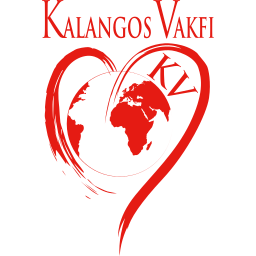Successful lung transplant after prolonged Extracorporeal Membrane Oxygenation (ECMO) in a child with pulmonary hypertension: A case report
Cecile Tissot1, Walid Habre1, Paola Soccal2, Maja Isabel Hug3, Dominique Bettex3, Michel Pellegrini1, Yacine Aggoun1, Anne Mornand1, Afksendyios Kalangos1, Peter Rimensberger1, Maurice Beghetti1
1 Department of the Child and Adolescent, Children’s University Hospital of Geneva, Geneva, Switzerland
2 Division of Pneumology, University Hospital of Geneva, Geneva, Switzerland
3 Institute of Anesthesiology, University Hospital of Zurich, Zurich, Switzerland
Introduction: The use of extracorporeal membrane oxygenation (ECMO) is considered a risk factor for, or even a potential con- traindication to, lung transplantation. However, only a few pediatric cases have been described thus far. Case Presentation: A 9-year-old boy with idiopathic pulmonary arterial hypertension developed cardiac arrest after the insertion of a central catheter. ECMO was used as a bridge to lung transplantation. However, after prolonged resuscitation, he developed medullary ischemia and medullary syndrome. After 6 weeks of ECMO and triple combination therapy for pulmonary hypertension, including continuous intravenous prostacyclin, he was weaned off support, and after 2 weeks, bilateral lung transplantation was performed. At 4 years post-transplant, he has minimal problems. The medullary syndrome has also alleviated. He is now back to school and can walk with aids. Conclusions: Increasing evidence supports the use of ECMO as a bridge to LT, reporting good outcomes. In the modern era of PAH therapy, it is feasible to use prolonged ECMO support as a bridge to lung transplant, with the aim of weaning off this support; however, its use requires more experience and knowledge of long-term outcomes.





